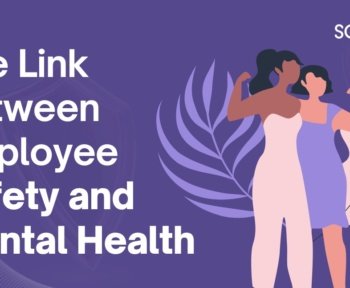Employee safety is a fundamental responsibility of every organization. Ensuring a safe working environment is not only a moral obligation but also a legal requirement. Companies that fail to prioritize safety face severe consequences, including legal actions, financial losses, reputational damage, and decreased employee morale. In this article, we will explore the implications of neglecting employee safety, the relevant laws governing workplace safety, and best practices for compliance.
Understanding the Legal Implications of Neglecting Employee Safety
Governments and regulatory bodies worldwide have established strict workplace safety laws to protect employees from hazardous conditions. Some of the key legal frameworks include:
- Occupational Safety and Health Administration (OSHA) – USA
- Mandates employers to provide a workplace free from known hazards.
- Enforces penalties for violations of safety standards.
- Factories Act, 1948 – India
- Regulates workplace conditions, including ventilation, hazardous substances, and machine safety.
- Imposes legal consequences for non-compliance.
- Health and Safety at Work Act, 1974 – UK
- Requires employers to ensure the health, safety, and welfare of employees.
- Holds companies accountable for workplace injuries.
- Work Health and Safety Act, 2011 – Australia
- Establishes duties for employers and workers to maintain safety.
- Imposes heavy fines for breaches of safety obligations.
Failure to adhere to these regulations can result in lawsuits, hefty fines, and even imprisonment in severe cases.
Legal Consequences of Neglecting Employee Safety
- Fines and Penalties
Regulatory authorities impose heavy fines on organizations that violate workplace safety laws. These fines vary based on the severity of the violation and the jurisdiction.- Example: In the USA, OSHA fines can reach up to $15,625 per violation.
- In India, violations under the Factories Act can lead to fines and imprisonment.
- Lawsuits and Legal Claims
Employees injured due to unsafe working conditions can file lawsuits against employers, leading to legal expenses, compensation payouts, and settlements.- Example: A company in the UK was fined over £2 million for failing to ensure machine safety, causing severe injuries to workers.
- Criminal Liability
In cases of gross negligence leading to fatalities, company executives and management can face criminal charges.- Example: A construction company CEO was sentenced to prison for failing to comply with safety regulations, resulting in multiple worker deaths.
- Workers’ Compensation Claims
Injured employees are entitled to compensation for medical expenses, lost wages, and rehabilitation. Frequent claims increase insurance costs and financial strain on businesses. - Reputational Damage
Companies that neglect employee safety suffer reputational harm, affecting customer trust and employee retention.- Example: Brands associated with unsafe working conditions often face public backlash, leading to loss of business and investor confidence.
Preventive Measures to Ensure Employee Safety
To avoid the implications of neglecting employee safety, organizations must adopt proactive measures:
- Conduct Regular Safety Audits
- Identify workplace hazards and implement corrective measures.
- Ensure compliance with industry safety standards.
- Implement Comprehensive Safety Training Programs
- Educate employees about workplace hazards and safety protocols.
- Provide training on emergency response procedures.
- Enforce Strict Safety Policies
- Develop and enforce safety guidelines aligned with legal regulations.
- Implement mandatory use of personal protective equipment (PPE).
- Utilize Technology for Safety Compliance
- Install surveillance systems to monitor workplace safety.
- Use digital tools for risk assessment and safety reporting.
- Encourage Employee Involvement
- Create a safety culture where employees can report hazards without fear of retaliation.
- Conduct regular safety drills and workshops.
Conclusion
The implications of neglecting employee safety extend beyond financial losses to include legal consequences, reputational damage, and employee dissatisfaction. By adhering to workplace safety laws, conducting regular safety audits, and fostering a culture of safety, organizations can mitigate risks and ensure a secure environment for their employees.
Ensuring workplace safety is not just a legal requirement but a crucial investment in employee well-being and business sustainability. Organizations must act proactively to prevent accidents and legal repercussions, safeguarding their workforce and corporate reputation.
Ready to redefine safety for your organization?
Request a Demo | Learn More
Safeo24 – Because safety is not just a necessity; it’s a responsibility.





